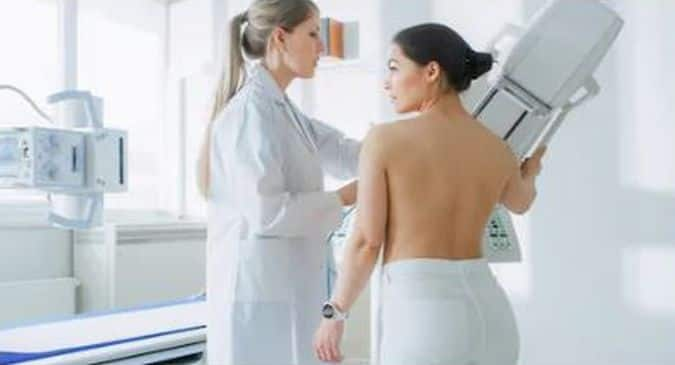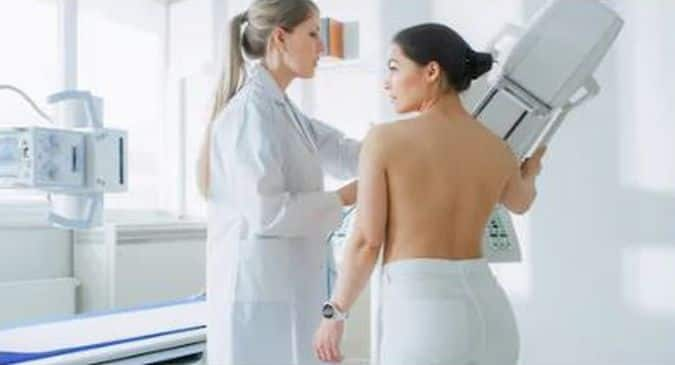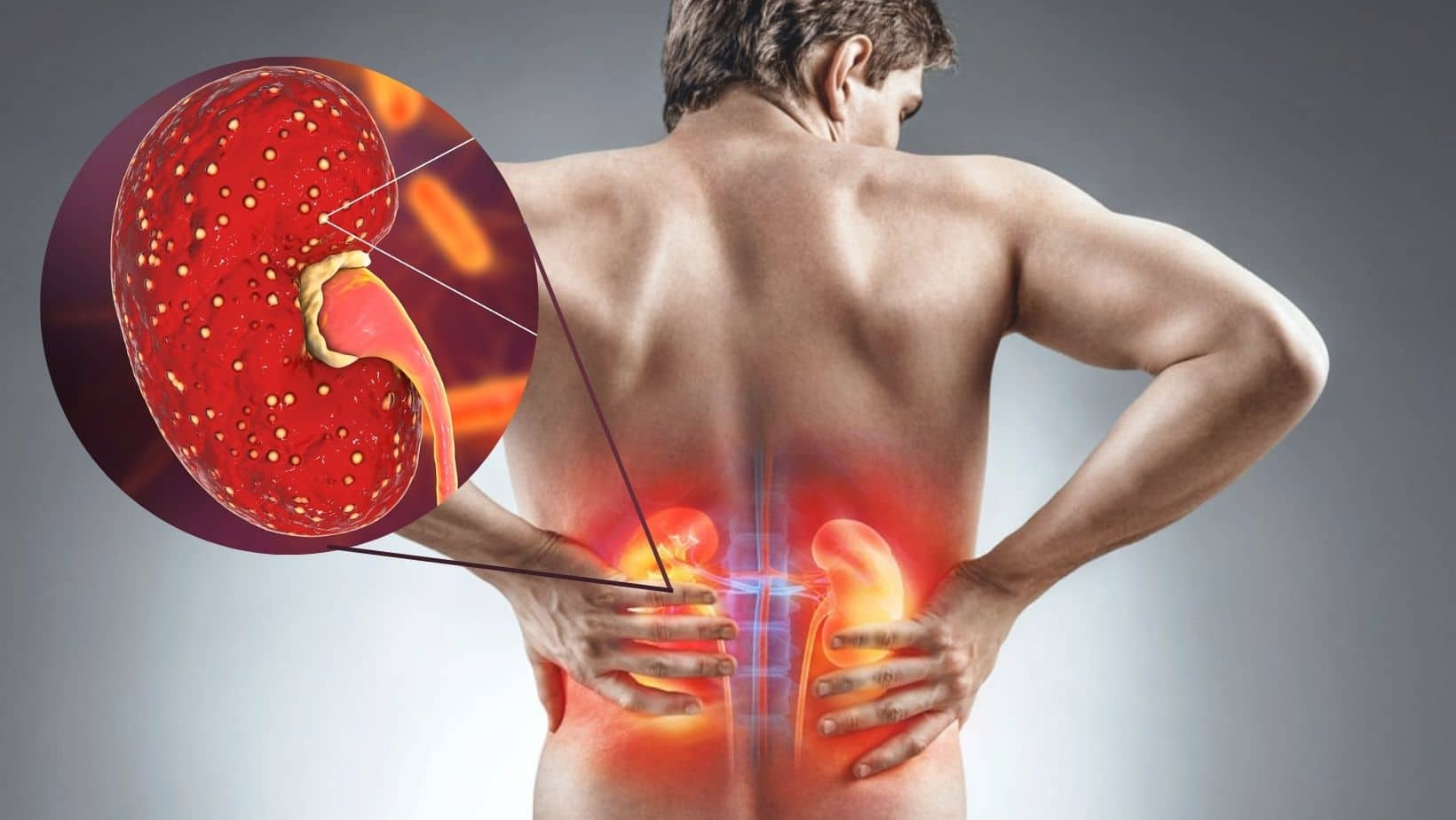 How significant is early detection of breast cancer?
How significant is early detection of breast cancer?Breast Cancer Awareness Month 2022: With the shifting landscape, there is an increasing demand for reliable and early-stage identification of chronic diseases such as cancer. In this context, breast cancer has emerged as the most frequent malignancy in women worldwide, and India has been no exception in recent years. As a result, sectors such as pharma and diagnostics, among others in the healthcare business, are evolving to meet these expectations. Early breast cancer detection in women is critical for optimal disease treatment. Historically, there has been no medication to prevent breast cancer, a discovery that could lead to a favourable outcome. However, the current situation has resulted in outstanding inventions and technological advancements to diagnose breast cancer at an early stage through steps such as screening, clinical breast examination, and awareness. Moreover, it is critical to visit a doctor and begin treatment as soon as the symptoms develop.
Symptoms That Appear
- The most predominant symptom of breast cancer is a lump in the breast. Other critical symptoms to mention promptly to a doctor include breast swelling, dimpling, skin irritation, discomfort in the breast, inverted nipple, and ulceration of the skin. Furthermore, if the breast skin seems red, scaly, or thick, there may be discharge other than milk from the nipple and a lump under the arm.
- There are some things that women do not identify as an issue, and as a result, they delay seeking any diagnosis. Therefore, early detection has become critical in treating breast cancer. The earlier the breast cancer is detected, the greater the chances of survival. Early breast cancer has a reasonable cure rate, but after it spreads to the lymph nodes or elsewhere, the cure rate declines dramatically. Numerous guidelines encourage women to self-examine their breasts to cope with the scenario.
Cancer Screening Has Both Benefits And Drawbacks
Early detection of breast cancer has become critical due to the increasing number of accessible treatment choices, excellent survival rates, and improved quality of life. While there are no specific ways to avoid breast cancer, early detection gives the best chance of effective treatment. However, there are risks associated with screening programs such as computerized tomography (CT) scan, magnetic resonance imaging (MRI), positron emission tomography (PET) scan, ultrasound, and X-ray. These include the best chances of making a false positive or false negative diagnosis and hazardous radiations that impact the patient’s health. Thus, the dangers and advantages should be addressed while screening tests, examining, or raising awareness.
Significance Of Early Detection Of Breast Cancer
Early cancer detection allows for faster intervention and saves valuable time in preventing complications and rapid deterioration. Screening, inspection, and promoting illness awareness are all part of standard breast cancer care. Dr Kanury Rao, Co-founder and CSO, PredOmix shares that each step plays an essential role in curing the disease.
- Screening: Screening is the most effective early detection approach for minimizing the fatalities caused by breast cancer. It is usually recommended for women above 45. Women with additional risk factors, such as strong family history, gene abnormalities, and high-risk lifestyles, must be constantly watched. However, not all screening methods are 100% accurate. The accuracy of detecting breast cancer rises with the woman’s age. Younger women have thicker breast tissue, making it more challenging to detect.
- Clinical Examination: It is an examination of a woman’s breasts by a skilled health practitioner. Typically, the lady would not have observed any breast changes before the test. The exam is designed to detect breast abnormalities such as skin changes, nipple discharge, lumpiness, or changes in size or form. Unfortunately, there is no conclusive evidence that clinical breast examination is an effective means of early diagnosis of breast cancer in women who have already had routine screening mammography. Therefore, women are recommended to undergo regular mammograms along with clinical breast evaluation.
- New screening methods: Recently, many companies have been developing new-age technologies for early breast cancer detection using blood. Cell-Free DNA and circulating tumour DNA techniques have been established as complementary methods for cancer detection. More recently, metabolomics-based tests are now available for breast cancer detection, which claim to be more accurate than DNA tests even at the early stages of cancer development. These new tools may be a boon for cancer screening and detection.
- Awareness: The significance of a woman’s understanding of her breasts’ distinctive look and feel is quite apparent. While breast awareness is now encouraged for all women, traditional breast self-examination is now deemed outdated. Under this system, women are taught a precise method for checking their breasts and encouraged to do it every month. However, breast self-examination does not decrease breast cancer mortality or lead to early disease identification.
Consequently, the associated research and techniques will provide productive results in diagnosing breast cancer at an early stage, which is crucial for a greater chance of survival and a healthy life in the future!









